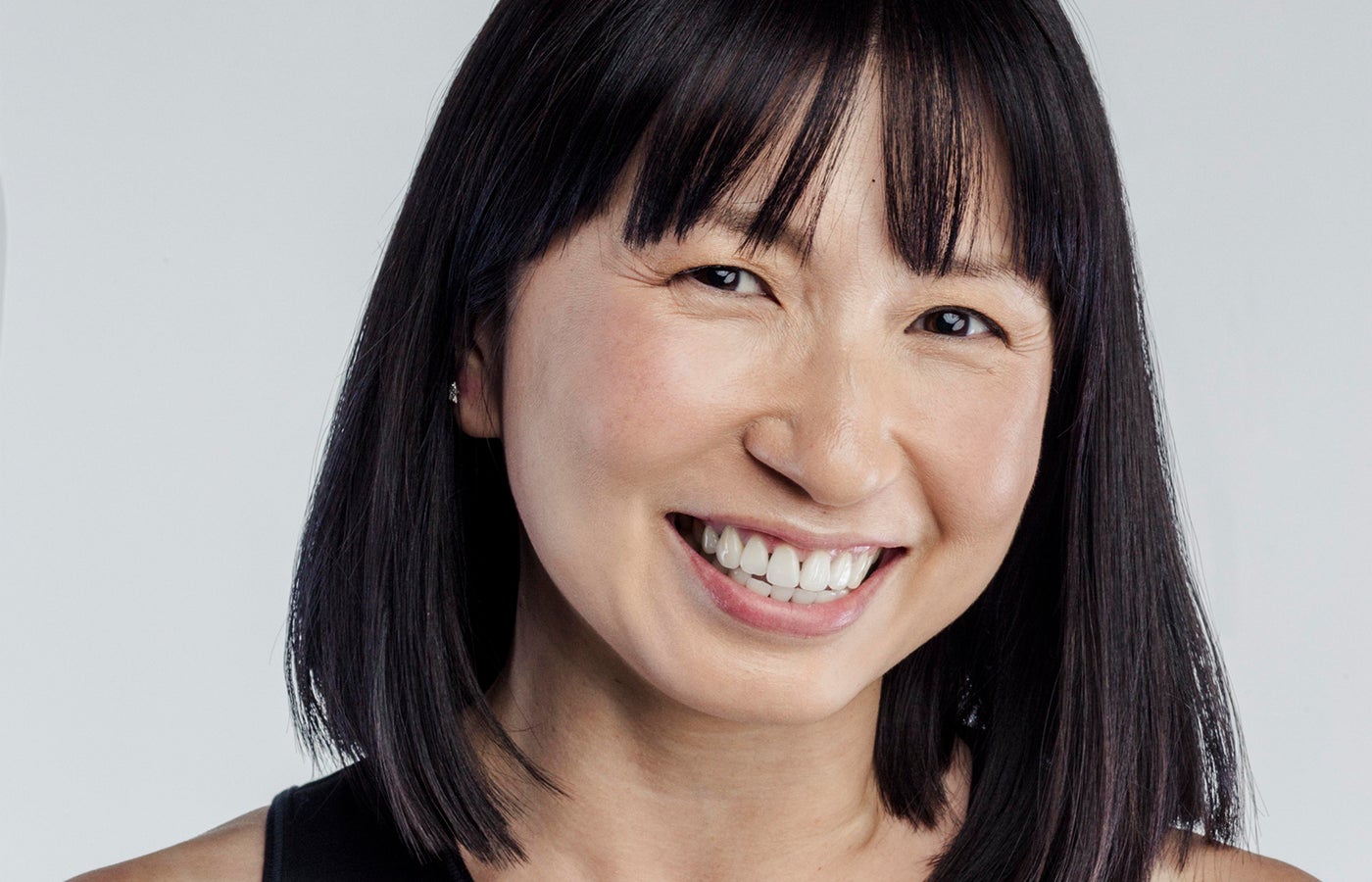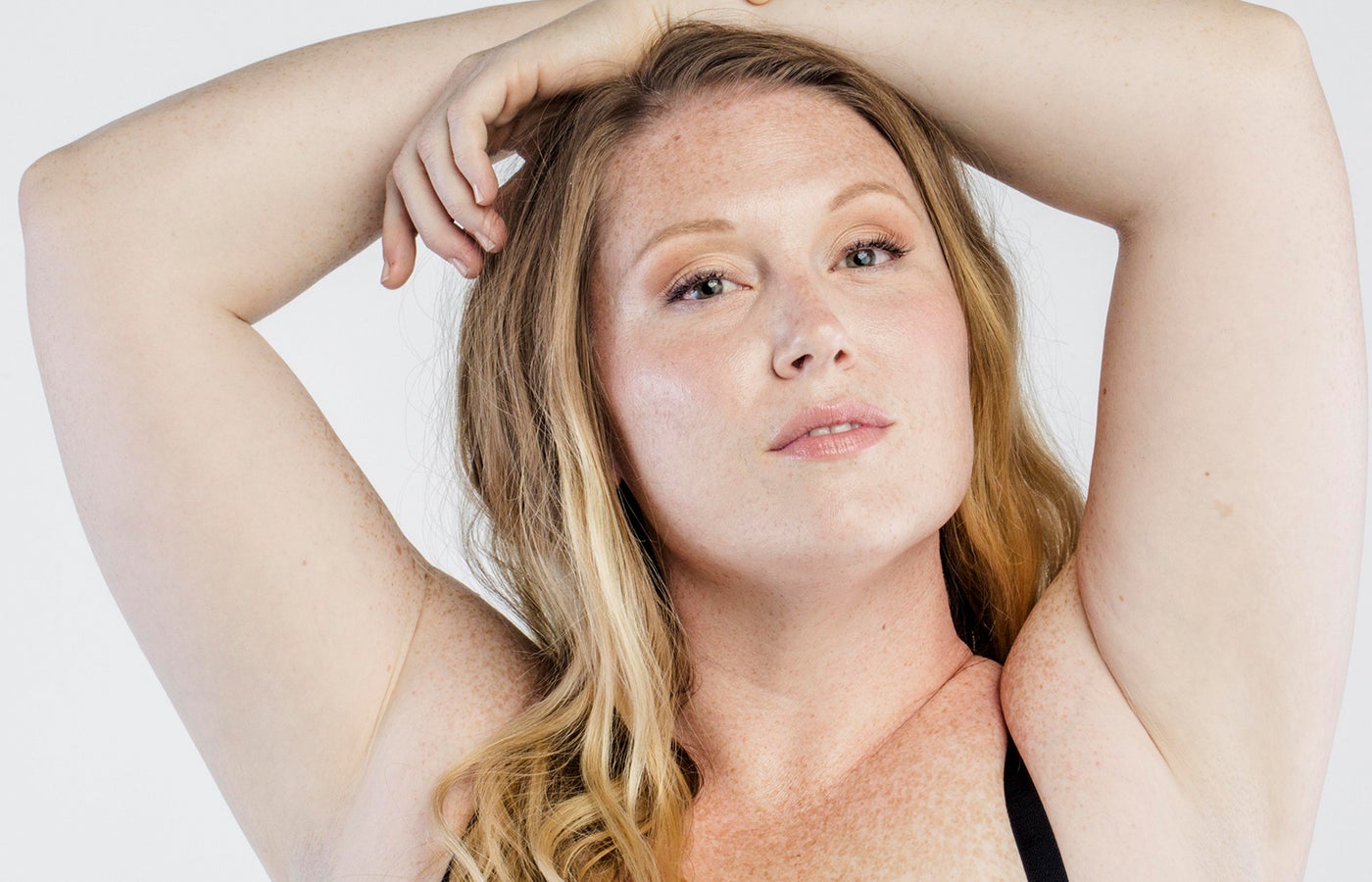A PDO thread lift is a minimally invasive procedure that involves passing dissolvable threads beneath the surface of your skin to provide some immediate lift and stimulate collagen growth over time, resulting in firmer tissue.
Well-placed threads can create subtle, natural-looking results and a more youthful appearance—especially in the midface, lower face, under the chin, and along the jawline.
Some providers also offer what they call a cat eye or fox eye thread lift, a nonsurgical alternative to canthoplasty that uses PDO threads to lift and elongate the outer corner of the upper eyelid.
PDO stands for polydioxanone, a dissolvable material that’s commonly used in surgical sutures. You may also see the occasional threading procedure marketed as a “sugar lift,” since PDO threads are made from long chains of polysaccharide (aka sugar).
Some threads also have tiny barbs or cones that help them attach to the tissue, so it can be lifted or pulled. “When explaining to patients how threads work, I like to use the term ‘micro-extensions,’ which sounds more acceptable than ‘barbs,’” says Dr. Vu Ho, a board-certified facial plastic surgeonin Plano, Texas.
As facial threads are absorbed over the course of about six months, they stimulate a natural healing response that boosts natural collagen production and gradually firms the tissue.
The facial rejuvenation procedure has been dubbed a “lunchtime facelift” because it’s quick, with minimal downtime compared to facelift surgery. There’s a lot of hype and marketing about how fast and easy it is, but even though it’s not plastic surgery, it shouldn’t be done casually. Complications can happen.
For best results, seek out a well-trained and experienced provider (ideally a board-certified dermatological or facial plastic surgeon) with expertise in a range of facial rejuvenation techniques, who can ensure you're a good candidate for facial threading and manage any complications that arise.
Pros
- Thread lifts are quick, with little downtime. Most people return to work as soon as the day after the procedure.
- It’s significantly more affordable and less invasive than a surgical facelift, with no incisions, fewer risks, and less recovery time.
- The dissolvable threads used today are associated with significantly less risk of complications than the permanent type that were used in the past.
- Among the 73% of reviewers on RealSelf who say their thread lift was “Worth It,” many report that it gave them a more youthful appearance, with results that looked very natural. “Most of these benefits can be appreciated immediately,” notes Dr. Ho.
Cons
- Thread lift results are far less dramatic than you'd see from a surgical facelift, which repositions both the skin and the underlying muscle layer while removing excess skin. As with any nonsurgical facial rejuvenation procedure, it’s key to be an appropriate candidate and have realistic expectations.
- While the firming effects of new collagen can manifest for up to a year or longer, the immediate lifting effect of the threads tends to be short-lived, especially if your surgeon uses smooth sutures. “Because these threads are not anchored securely to the tissue, they cannot provide a lot of holding power for an extended period of time,” explains Dr. Ho.
- There is a lack of reliable, unbiased evidence supporting the long-term safety and efficacy of thread lifts.
- Some RealSelf members who said it was “Not Worth It” were left with puckering, indentations, or threads that are visible or palpable (being able to feel the threads) through the skin. Older patients with thin skin and poor skin elasticity can be especially at risk for these kinds of side effects.
- Rare but possible thread lift complications include nerve injury, infection, extrusion, and scarring.
Related: Experts Are Split Over the Benefits of Thread Lifts
- Average Cost:
- $2,104
- Range:
- $500 - $4,800
The price you pay will depend on your surgeon’s level of experience, their location, the scope of your procedure, and a few other key factors.
Insurance doesn’t cover cosmetic treatments like this one, but most providers accept third-party financing options like CareCredit.
The thread lift photos in our gallery have been shared by the provider who performed the procedure, with the patient's consent.
The best candidates for a thread lift have mild laxity, not severely sagging skin, says Dr. Sam Naficy, a plastic surgeon in Seattle. “It’s better for someone in their early 40s with mild signs of aging and decent skin elasticity. Once you have more significant jowling and skin laxity, you won’t get a good return with a thread lift,” he says.
Because results are modest, many doctors pair thread face lifts with other collagen-boosting treatments. Dr. Naficy rarely does one without also injecting Sculptra, a filler made with poly-L-lactic acid, which stimulates your own collagen over the next three to four months. “The thread lift provides the structure, and then you have to fill the inside,” he explains.
An experienced provider should communicate realistic expectations for results. “I look at the threads as another tool in our toolbox of treatment options. Sometimes they’re a good option, sometimes they’re not,” says Dr. Ho. “I like to discuss a variety of treatment options so my patients are making a well-informed decision. Furthermore, I can talk about surgical alternatives if a patient is not a good candidate for threads.”
RealSelf Tip: Some providers are now offering this cosmetic procedure for the butt, the nose, and even as a nonsurgical breast lift. As with the face, not everyone's a good candidate and realistic expectations are key.
A thread facelift procedure takes less than an hour. Here’s a look at the typical thread lifting technique.
- Your surgeon will start by marking on your skin where the threads will be placed.
- Then they’ll apply a topical numbing cream and/or inject a local anesthetic.
- Once you’re numb, your doctor will insert a long needle or a cannula (a very thin tube), with the thread attached to it, into your skin and pass it under the surface.
- They’ll pull the thread taut, to create tension and gently lift the tissue.
- This process is repeated until all the threads are placed. “The number of threads used is unique to each person and largely depends on the goals and treatment areas,” notes Dr. Ho.
- You’ll be able to safely drive yourself home when it’s done.
RealSelf Tip: There is no clear consensus in the medical literature on what defines best practices, in terms of preferred techniques for thread lifting. “What is generally agreed upon is that patients considering this procedure should seek out providers with a lot of experience, and who can determine if patients are good candidates for thread lifting,” explains Dr. Ho. “Experienced providers should also be able to deal with any potential complications that arise.”
This procedure is performed under local anesthesia, so it shouldn’t hurt. However, you may still experience some discomfort during the procedure.
If pain or anxiety is a concern, discuss your options with your provider during your consultation.
Thread lift recovery is relatively easy. “The recovery is similar to getting injectable fillers,” says Dr. Naficy, so most people don’t need to take time off work.
Here’s what to expect afterward, along with some dos and don’ts:
- You may have mild swelling and bruising for up to a week.
- To reduce swelling more quickly, sleep upright and skip strenuous workouts for a few days post-treatment.
- Arnica gels and tablets can also help relieve swelling and bruising.
- For more pronounced or prolonged puffiness, ask your doctor to prescribe a potent NSAID (nonsteroidal anti-inflammatory drug) or a short course of oral steroids, like prednisone.
- Use only gentle skin care products in the week following your thread lift, in order to avoid potential stinging and irritation.
- Avoid rubbing, tugging, or massaging your skin or making exaggerated facial movements. “Pressure on or near the threads can cause them to move out of place, compromising results and even causing complications to occur,” cautions Dr. Ho.
- Your skin may look mildly bunched up or dimpled, but that should resolve within a week.
“You should not see or easily feel the threads if they’re placed in the proper position,” says Dr. Ho—but you may feel some resistance when moving your face or have a sense of fullness where the threads were placed. This will become less noticeable as the threads begin to dissolve over several months.
Your skin will look firmer and more lifted immediately after your procedure, but Dr. Naficy says that a lot of that initial change is due to temporary swelling.
Results will become more apparent after about a month, “and those results will maximize within three months,” he says.
The longevity of thread lift outcomes is the subject of much debate in the world of aesthetics. According to proponents of the procedure, PDO threads gradually dissolve over six to nine months, and you’ll see most of their collagen-boosting effects during that time. You may continue to see an improvement for up to a year or more, they say, especially if your provider uses threads with barbs or cones (rather than smooth sutures).
Based on mostly anecdotal evidence, it’s fair to say that thread lifts do work—but their lifting effect is not dramatic or lasting. “It’s important to understand that the initial lifting effect can fade in six months or less, because the power of the thread is limited,” says Dr. Naficy. “You can’t make the same vectored lifts with threads that you can with a surgical facelift, and it's unlikely to get improvement that lasts beyond a year,” he says.
In a 2018 study published in Aesthetic Surgery Journal that evaluated 160 thread lift patients, researchers reported that the barbed threads yielded an instantaneous improvement in sagging—but those results were no longer apparent after a year.
The researchers behind that study weren’t alone in their findings: A 2018 review of the previous decade’s thread lift literature found that all except two studies demonstrated limited durability of the lifting effect. The two positive studies were sponsored by manufacturers of thread lift sutures.
A literature review published in 2023 analyzed thread lift-related articles from 2012-2022 and found “very few rigorous scientific studies on the use of PDO threads for facial rejuvenation procedures.” The authors reported that there is “a strong theoretical and methodological gap on this subject, and, also, on the evaluation techniques that could be used for the safe and correct insertion of the threads.”
Thread lift procedures are considered safe when they’re performed by an experienced doctor, using dissolvable threads. That said, it's still important to be aware of potential complications.
In 2005, the U.S. Food and Drug Administration (FDA) approved the Contour Threadlift. Over the next few years, patients reported serious side effects, ranging from infection to broken, visible, or extruding threads. These threads were permanent, and were later found to trap bacteria. If patients weren’t happy with the results, removal became an invasive ordeal. Contour Threadlift lost its FDA approval in 2007, and it’s no longer performed in the U.S.
Today, most surgeons use a dissolvable type of thread like these FDA-approved versions: NovaThreads, Euro Threads, Silhouette InstaLift, and Silhouette Soft.
Related: DIY Thread Lifts Are Becoming a Thing—and Doctors Are Flashing Warning Signs
However, even dissolvable threads can have complications and side effects, including:
- displacement of the threads
- infection
- puckering, dents, or bumps
- asymmetry
- visible threads under the skin, or even poking out at a point of entry or exit
- scar tissue, which can complicate future plastic surgery
Threads can also break if they’re put under too much tension, and then the lifting benefit is lost.
The aforementioned 2018 Aesthetic Surgery Journal study reported a whopping 34% complication rate among 160 PDO thread lift participants. That included minor side effects that resolve on their own, such as dimpling and facial stiffness.
A 2019 response to the study suggests 17.4% as a more accurate complication rate—but that’s still quite high.
Unfortunately, the best solution to thread lift complications is to let the threads dissolve. “Radiofrequency heat treatments on the skin surface can help to cause the threads to break down or dissolve more quickly in a non-invasive manner,” says Dr. Ho. Attempting to remove problematic threads can be an invasive process that leads to additional tissue trauma, swelling, bruising, and scarring.
Related: How to Fix a Thread Lift Gone Wrong
If you’re looking for facial rejuvenation alternatives, you have several other good options.
Surgical procedures
- Facelift surgery: This is the gold standard for skin tightening and lifting. You could also consider a more limited procedure, like a lower facelift or mini facelift, or even a mini neck lift. While these options cost more and require a longer recovery time than noninvasive solutions, they offer far more significant, long-lasting results and have higher Worth It Ratings from RealSelf members.
- Facial fat transfer: As with dermal fillers, adding your own fat into areas like the cheeks and temples can sometimes help to gently reposition sagging skin in the lower part of the face. Results can potentially last many years.
Nonsurgical procedures
- A liquid facelift: Hyaluronic acid fillers can temporarily restore volume, smooth folds, and even mask early signs of jowls. They’re usually combined with Botox, to relax fine lines and even raise the brow. Results last from six months to two years, depending on the type of filler used.
- SkinTyte, FaceTite, Thermage FLX, and other energy-based treatments stimulate new collagen growth, firming skin for 1-2 years.






